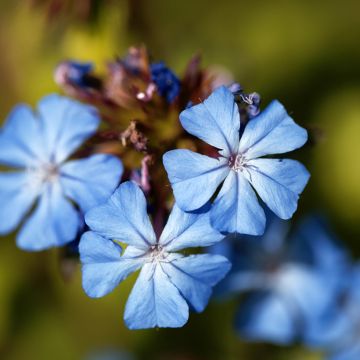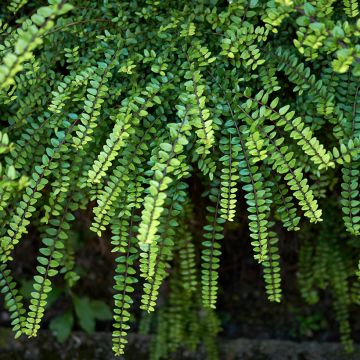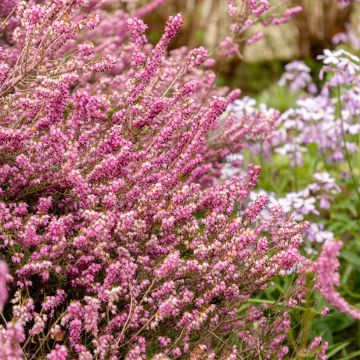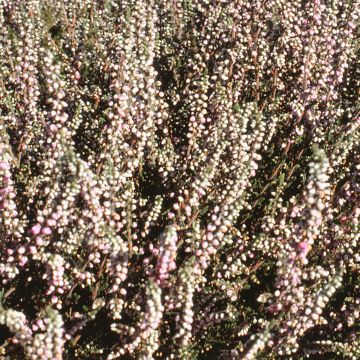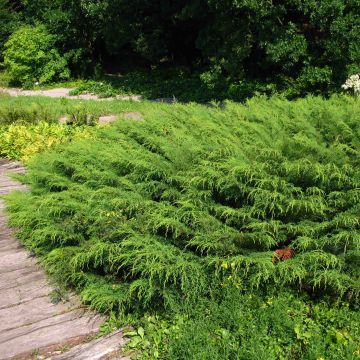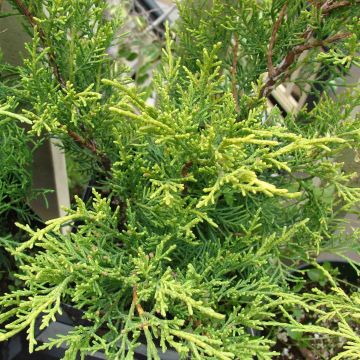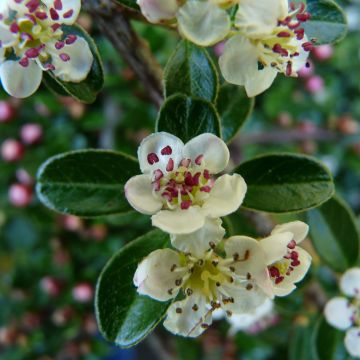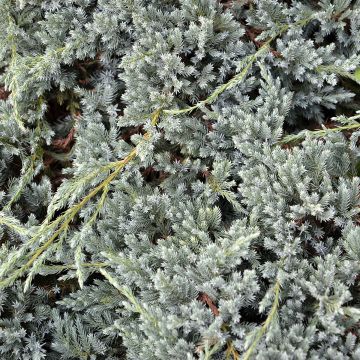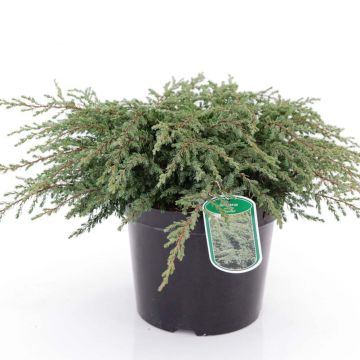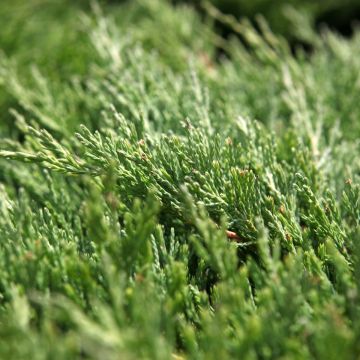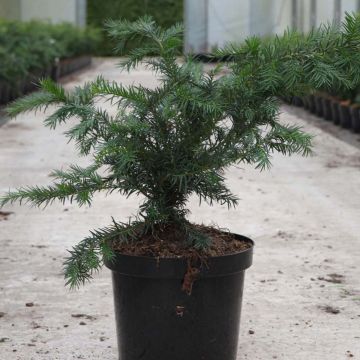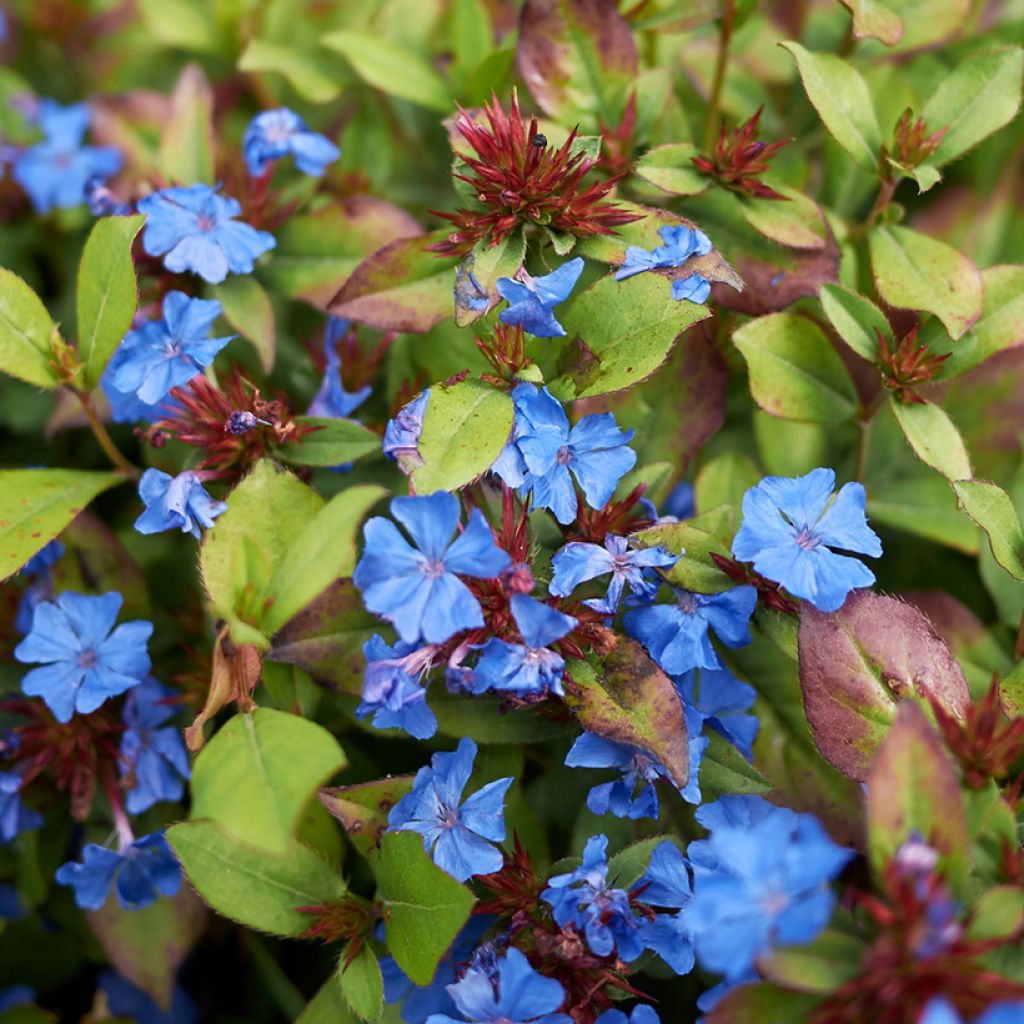

Ceratostigma plumbaginoides
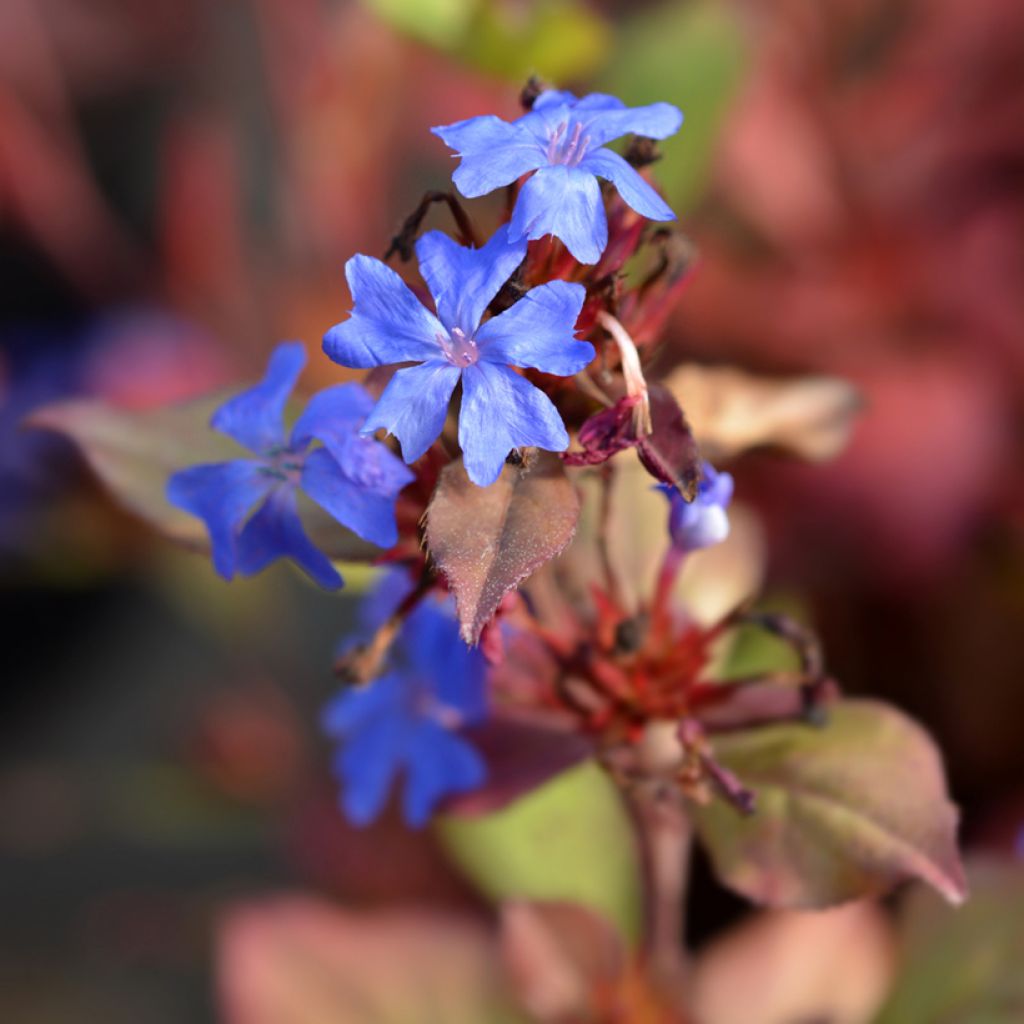

Ceratostigma plumbaginoides
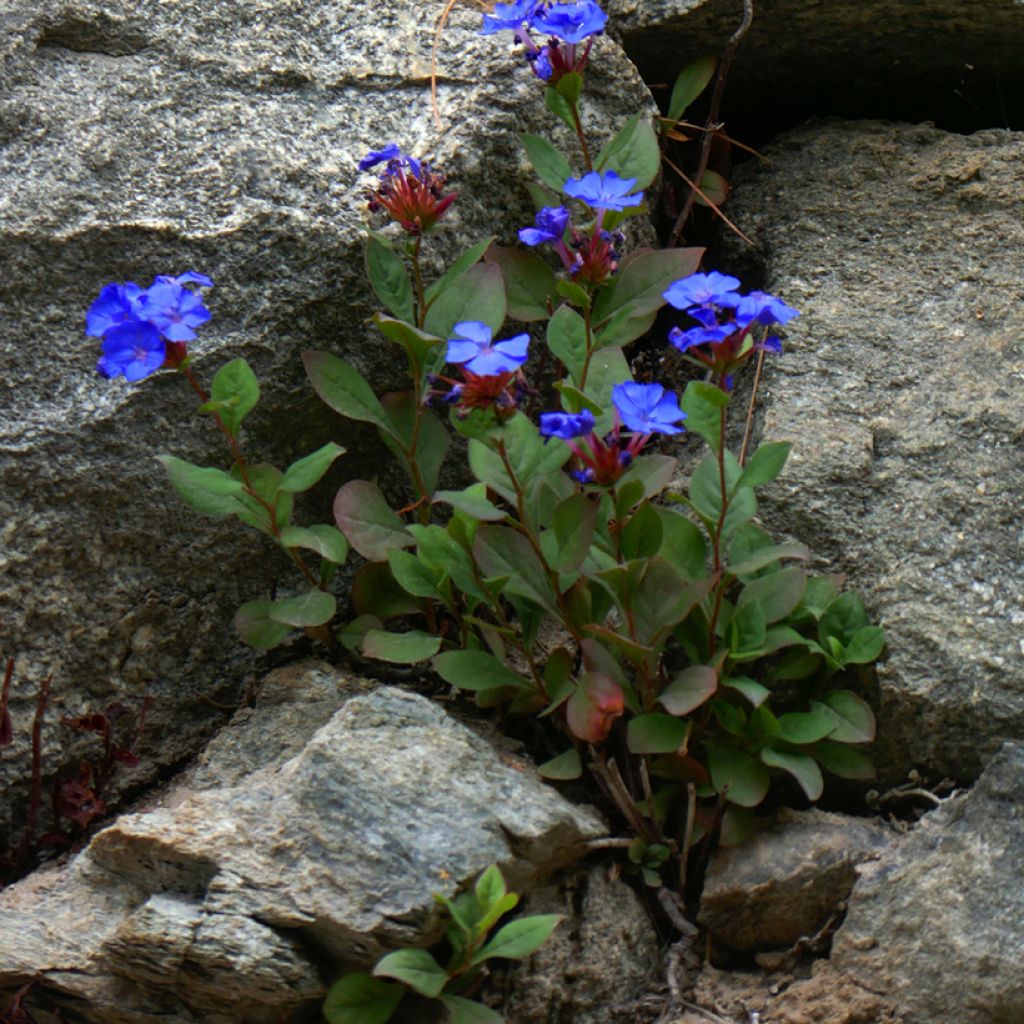

Ceratostigma plumbaginoides
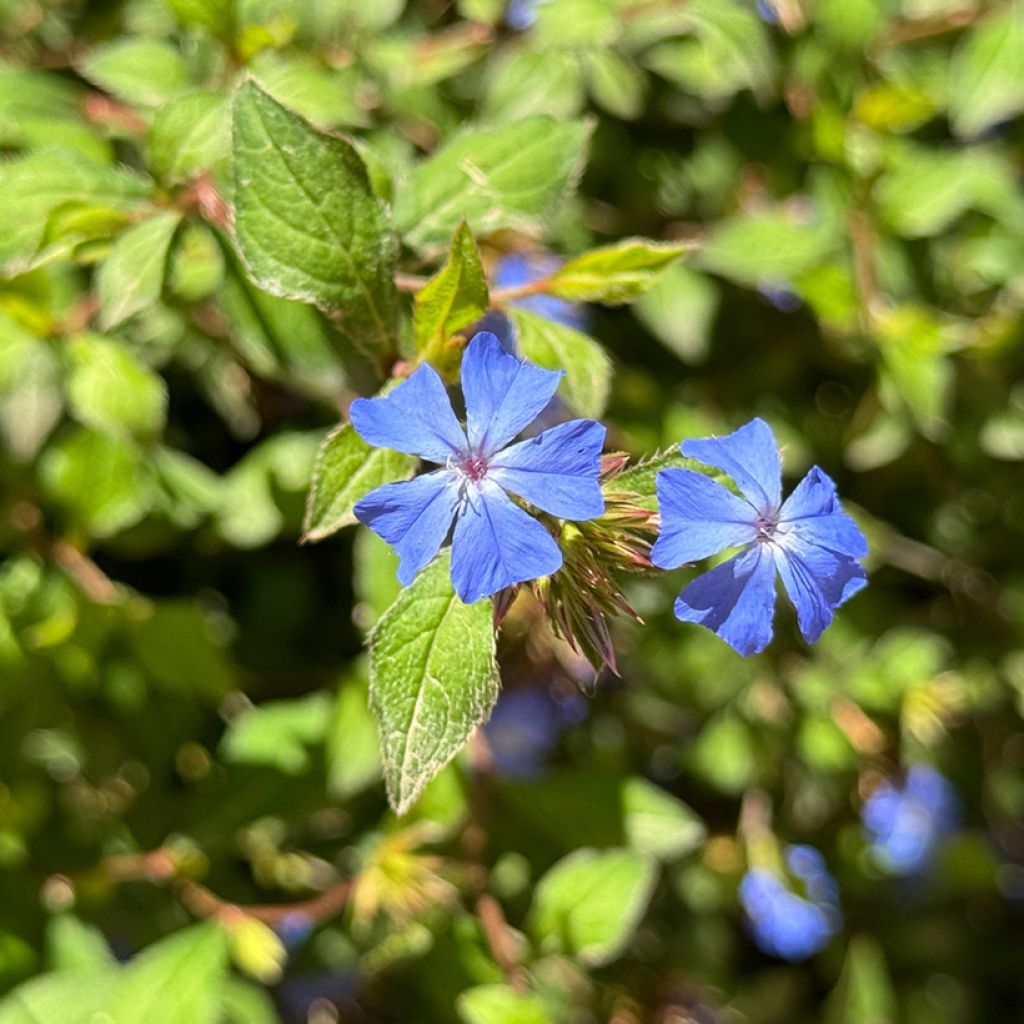

Ceratostigma plumbaginoides
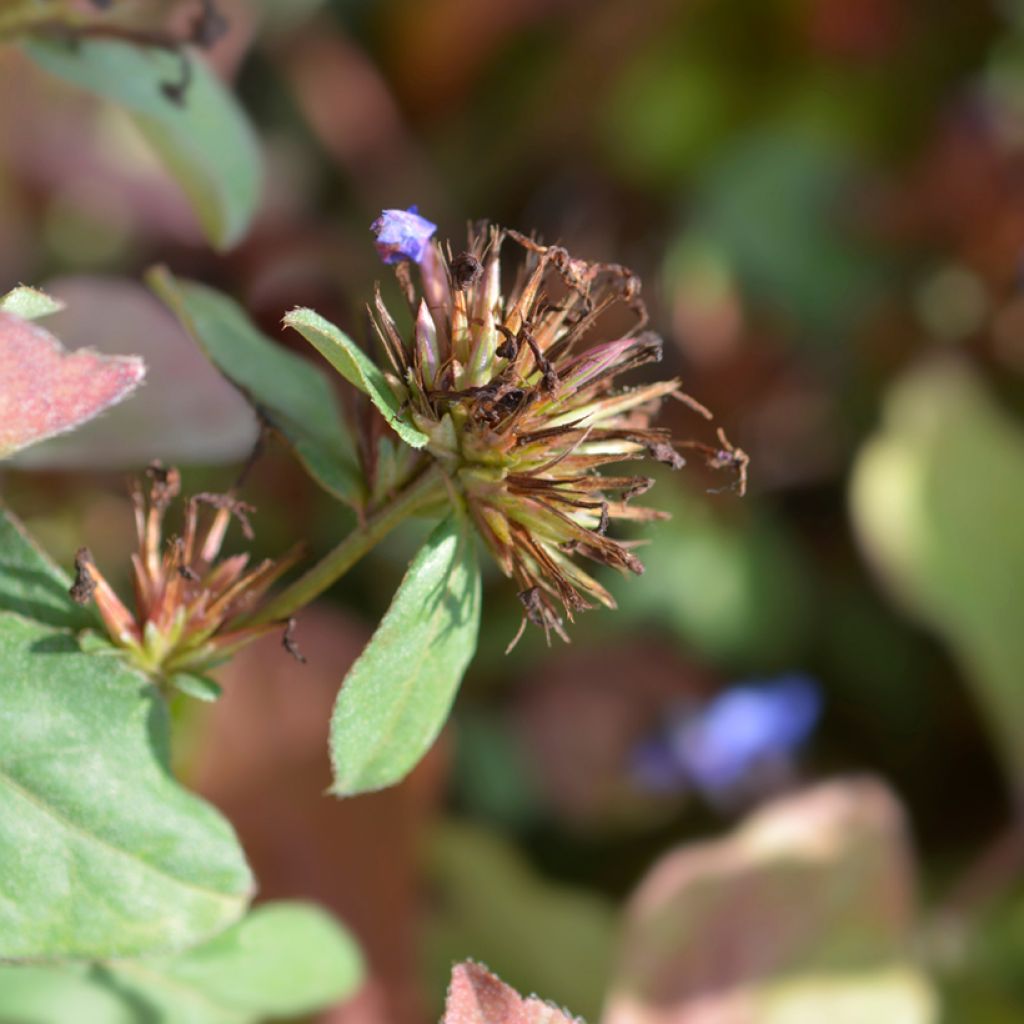

Ceratostigma plumbaginoides
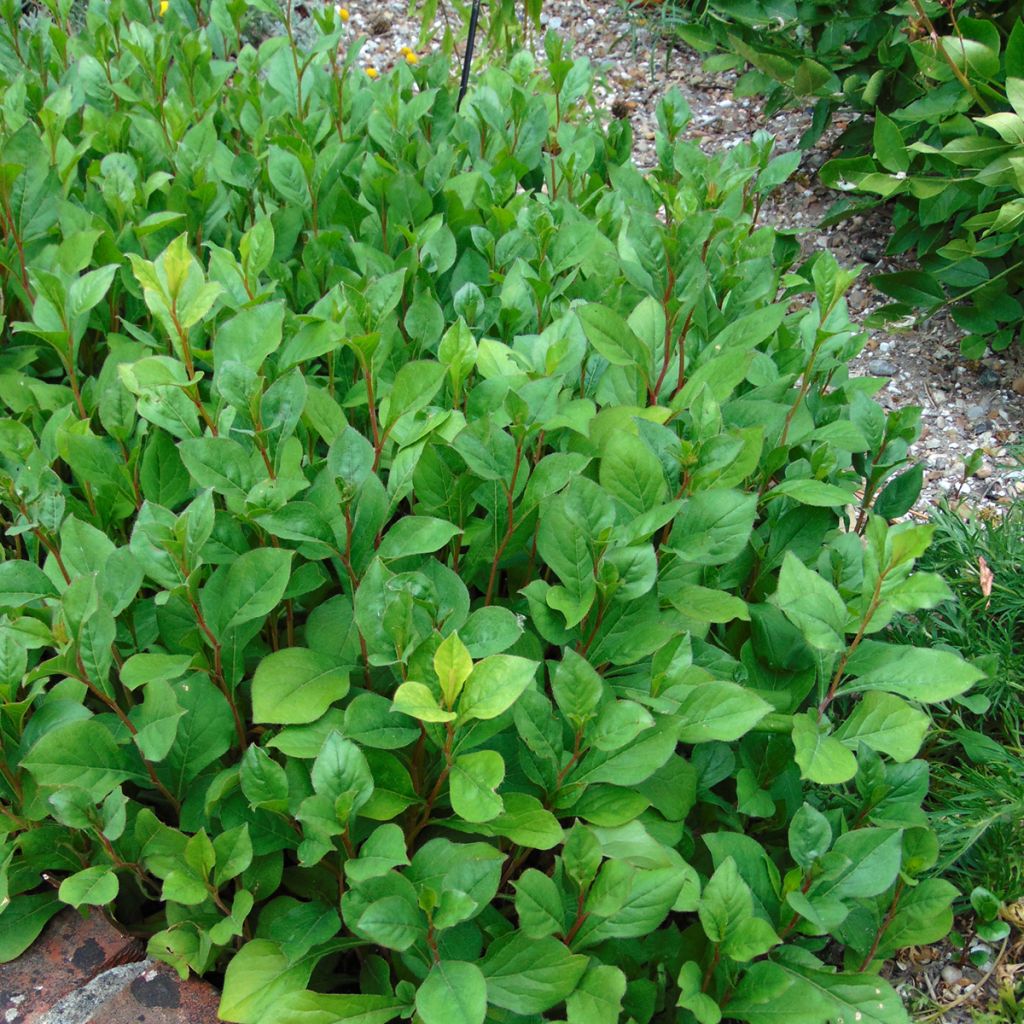

Ceratostigma plumbaginoides
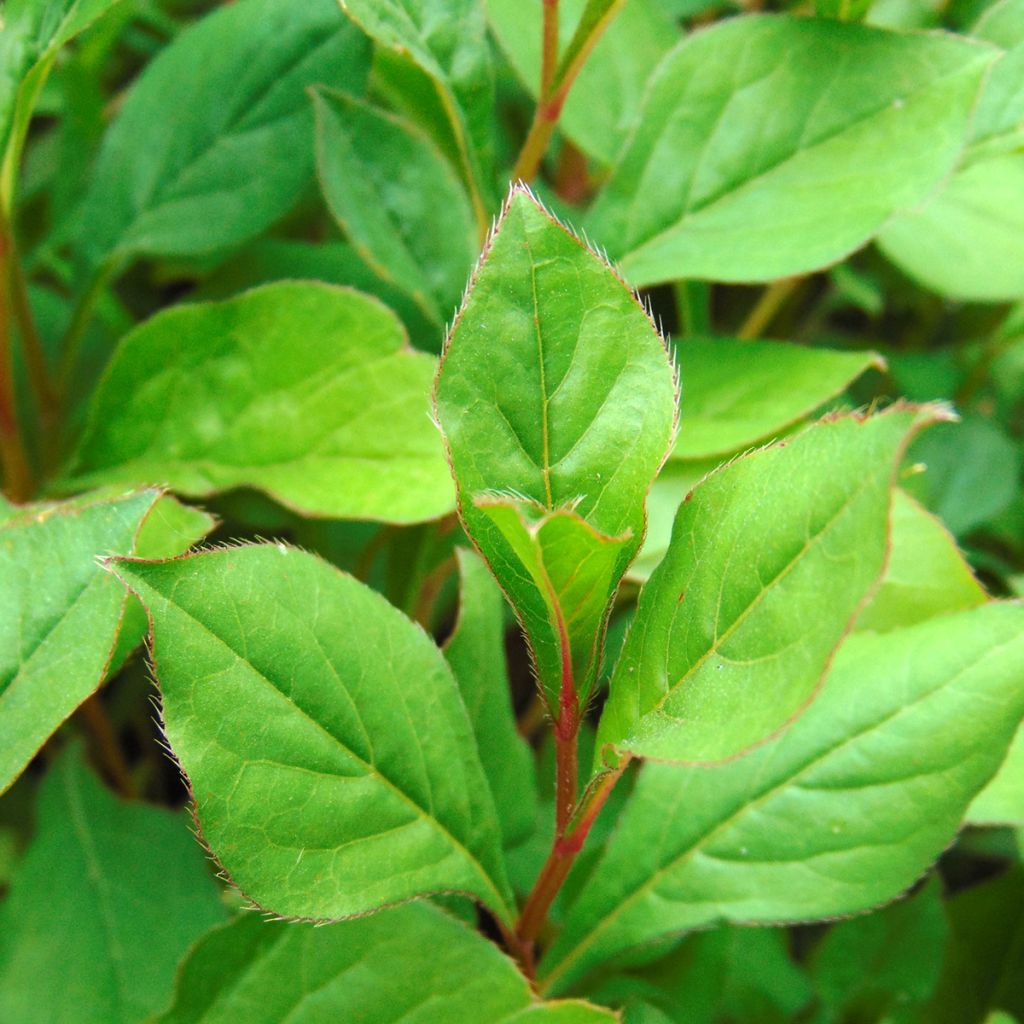

Ceratostigma plumbaginoides
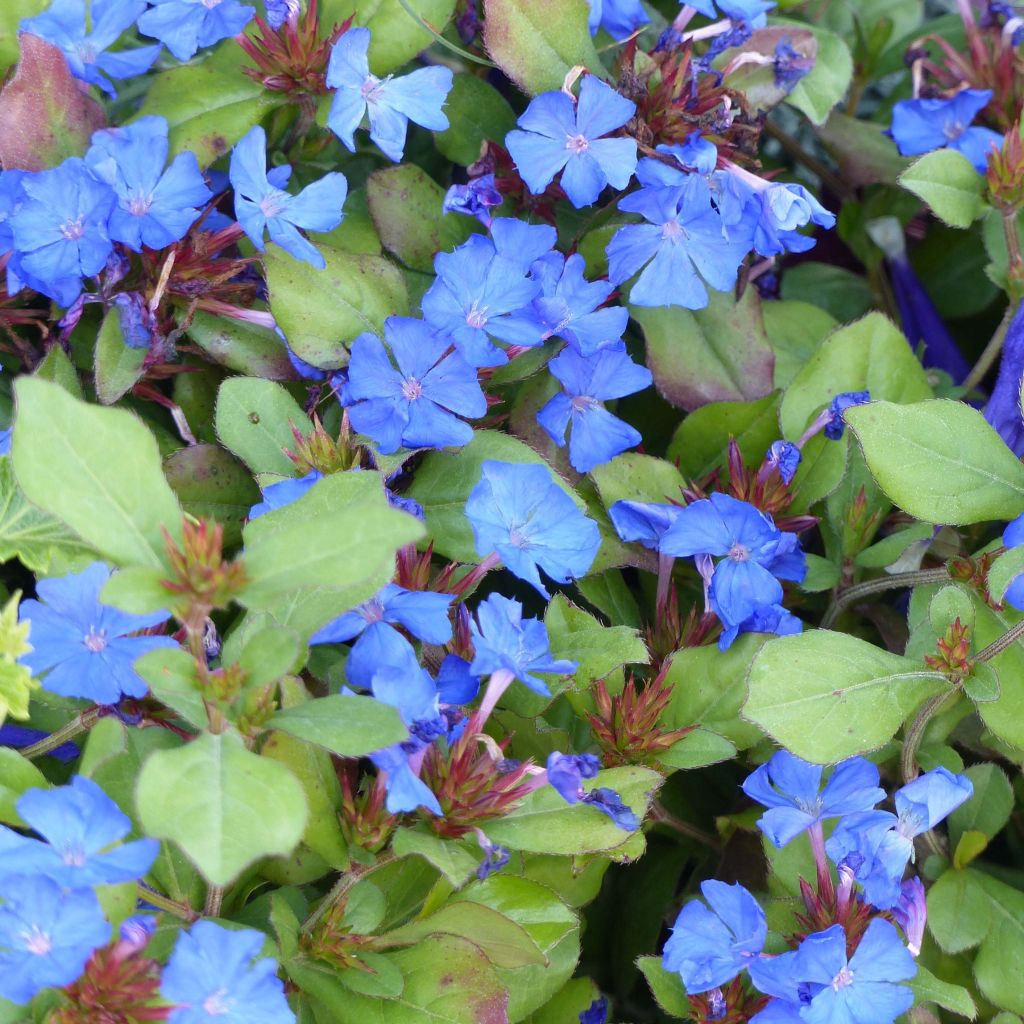

Ceratostigma plumbaginoides
Ceratostigma plumbaginoides
Ceratostigma plumbaginoides
Hardy blue-flowered leadwort, Blue ceratostigma
This item cannot be shipped to the selected country
Delivery charge from €5.90
Delivery charge from €5.90
More information
Schedule delivery date,
and select date in basket
This plant carries a 12 months recovery warranty
More information
We guarantee the quality of our plants for a full growing cycle, and will replace at our expense any plant that fails to recover under normal climatic and planting conditions.
From €5.90 for pickup delivery and €6.90 for home delivery
Express home delivery from €8.90.
From €5.90 for pickup delivery and €6.90 for home delivery
Express home delivery from €8.90.


Does this plant fit my garden?
Set up your Plantfit profile →
Description
The Ceratostigma plumbaginoides, also known as Creeping Plumbago, is an undershrub that can cover the soil through its trailing rhizomes. It blooms a vibrant gentian blue at the end of summer, complementing the bright red or raspberry colour of its foliage in September. This hardy, drought-resistant ground cover adds charm to the late season and can be placed in a rock garden, on a slope, along a path, or even in a pot on the terrace to beautify the base of a larger plant.
The Ceratostigma plumbaginoides (synonym Plumbago larpentae) is commonly called Leadwort or Lady Larpent's Plumbago. It belongs to the family of Plumbaginaceae, and is a cousin of Armeria and statices (Limonium). The plant is native to western China, where it grows naturally in rocky, dry and sunny areas. Often considered a perennial plant, it is a reddish trailing undershrub with fairly rapid growth, not exceeding 30 cm (11.8 in) in height, but capable of spreading over long distances if left unchecked. It can sometimes become invasive in moist and rich soil, but its development can easily be contained by removing overly vigorous rhizomes.
This plant has slender stems emerging from a woody base. The stems are quadrangular and often purplish. The leaves are ovate with pointed tips, measuring about 3-5 cm (1.2-2 in) in length and 2.5-3 cm (1-1.2 in) in width. The leaves are bright green in colour and have a border of dark, brownish to purplish cilia. In September, the leaves turn bronze and bright red before falling late in autumn. The colours are more pronounced when the plant is exposed to the sun.The flowering period is long, occurring from July-August to September-October depending on the climate. The plant has small clusters of 15 to 20 flowers with a diameter of 1.5 cm (0.6 in) at the terminal part of the stems and in the axils of the leaves. The flowers have 5 petals and form a unique combination with the foliage when it turns red. They are intensely coloured in gentian blue and enclosed in reddish-brown calyxes. Pollinating insects visit the nectar-rich flowers, which give way to bristly fruits that range in colour from brown to rust. The deciduous foliage appears late in spring, sometimes in May, and disappears with the first frost.
As a shrub that thrives in warm conditions and well-drained soil, even in sandy or gravelly soil, the Creeping Plumbago is an excellent addition to garden areas with poor soil and lack of depth. Over time, it forms a thick carpet that is particularly remarkable at the end of the season. It's also well-suited to cultivation in pots or containers, adding a beautiful splash of colour to the terrace, which may have fewer flowers during this time of year. In a rock garden or on a slope, it pairs well with the bright yellow flowers of Sternbergia lutea (the false autumn crocus). The beautiful glossy foliage of the latter will fill the ground in winter, and the two plants will combine their flowers in September. The Ceratostigma foliage remains decorative throughout the summer, hiding its companion's absence, which rests underground. Botanical narcissus, autumn crocuses, or botanical crocuses can also be planted in a carpet of creeping plumbago. It's an excellent plant for a dry garden with no watering.
Report an error about the product description
Ceratostigma plumbaginoides in pictures


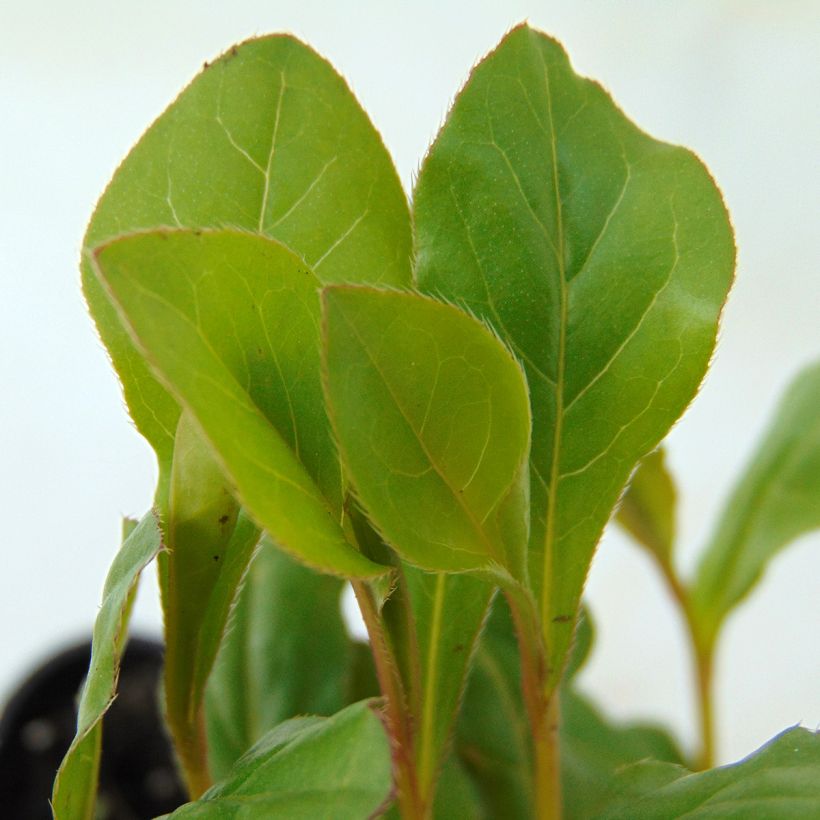

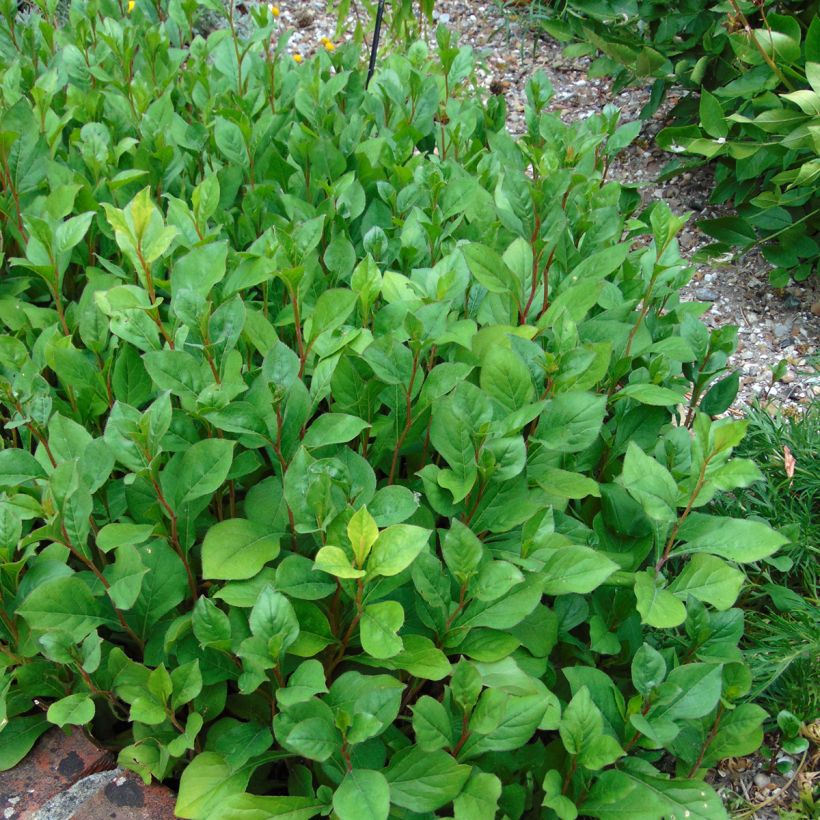

Flowering
Foliage
Plant habit
Botanical data
Ceratostigma
plumbaginoides
Plumbaginaceae
Hardy blue-flowered leadwort, Blue ceratostigma
China
Other Ceratostigma
Planting and care
For best results, plant Ceratostigma plubaginoides in a sunny location with light, rocky soil lacking nutrients. The plant can tolerate lime and prefers well-drained soil that can adapt to summer drought. In heavier soils, dig a hole three times larger than the pot and mix one-third gravel and one-third sand with your topsoil to lighten the soil while avoiding water stagnation in the winter—plant in raised beds or rockeries to ensure good drainage in humid climates and heavy soils. Ceratostigma plubaginoides is not typically susceptible to diseases or parasites and requires no maintenance. Its foliage reappears quite late in spring.
Planting period
Intended location
Care
-
, onOrder confirmed
Reply from on Promesse de fleurs
Shrubs for slopes
Haven't found what you were looking for?
Hardiness is the lowest winter temperature a plant can endure without suffering serious damage or even dying. However, hardiness is affected by location (a sheltered area, such as a patio), protection (winter cover) and soil type (hardiness is improved by well-drained soil).

Photo Sharing Terms & Conditions
In order to encourage gardeners to interact and share their experiences, Promesse de fleurs offers various media enabling content to be uploaded onto its Site - in particular via the ‘Photo sharing’ module.
The User agrees to refrain from:
- Posting any content that is illegal, prejudicial, insulting, racist, inciteful to hatred, revisionist, contrary to public decency, that infringes on privacy or on the privacy rights of third parties, in particular the publicity rights of persons and goods, intellectual property rights, or the right to privacy.
- Submitting content on behalf of a third party;
- Impersonate the identity of a third party and/or publish any personal information about a third party;
In general, the User undertakes to refrain from any unethical behaviour.
All Content (in particular text, comments, files, images, photos, videos, creative works, etc.), which may be subject to property or intellectual property rights, image or other private rights, shall remain the property of the User, subject to the limited rights granted by the terms of the licence granted by Promesse de fleurs as stated below. Users are at liberty to publish or not to publish such Content on the Site, notably via the ‘Photo Sharing’ facility, and accept that this Content shall be made public and freely accessible, notably on the Internet.
Users further acknowledge, undertake to have ,and guarantee that they hold all necessary rights and permissions to publish such material on the Site, in particular with regard to the legislation in force pertaining to any privacy, property, intellectual property, image, or contractual rights, or rights of any other nature. By publishing such Content on the Site, Users acknowledge accepting full liability as publishers of the Content within the meaning of the law, and grant Promesse de fleurs, free of charge, an inclusive, worldwide licence for the said Content for the entire duration of its publication, including all reproduction, representation, up/downloading, displaying, performing, transmission, and storage rights.
Users also grant permission for their name to be linked to the Content and accept that this link may not always be made available.
By engaging in posting material, Users consent to their Content becoming automatically accessible on the Internet, in particular on other sites and/or blogs and/or web pages of the Promesse de fleurs site, including in particular social pages and the Promesse de fleurs catalogue.
Users may secure the removal of entrusted content free of charge by issuing a simple request via our contact form.
The flowering period indicated on our website applies to countries and regions located in USDA zone 8 (France, the United Kingdom, Ireland, the Netherlands, etc.)
It will vary according to where you live:
- In zones 9 to 10 (Italy, Spain, Greece, etc.), flowering will occur about 2 to 4 weeks earlier.
- In zones 6 to 7 (Germany, Poland, Slovenia, and lower mountainous regions), flowering will be delayed by 2 to 3 weeks.
- In zone 5 (Central Europe, Scandinavia), blooming will be delayed by 3 to 5 weeks.
In temperate climates, pruning of spring-flowering shrubs (forsythia, spireas, etc.) should be done just after flowering.
Pruning of summer-flowering shrubs (Indian Lilac, Perovskia, etc.) can be done in winter or spring.
In cold regions as well as with frost-sensitive plants, avoid pruning too early when severe frosts may still occur.
The planting period indicated on our website applies to countries and regions located in USDA zone 8 (France, United Kingdom, Ireland, Netherlands).
It will vary according to where you live:
- In Mediterranean zones (Marseille, Madrid, Milan, etc.), autumn and winter are the best planting periods.
- In continental zones (Strasbourg, Munich, Vienna, etc.), delay planting by 2 to 3 weeks in spring and bring it forward by 2 to 4 weeks in autumn.
- In mountainous regions (the Alps, Pyrenees, Carpathians, etc.), it is best to plant in late spring (May-June) or late summer (August-September).
The harvesting period indicated on our website applies to countries and regions in USDA zone 8 (France, England, Ireland, the Netherlands).
In colder areas (Scandinavia, Poland, Austria...) fruit and vegetable harvests are likely to be delayed by 3-4 weeks.
In warmer areas (Italy, Spain, Greece, etc.), harvesting will probably take place earlier, depending on weather conditions.
The sowing periods indicated on our website apply to countries and regions within USDA Zone 8 (France, UK, Ireland, Netherlands).
In colder areas (Scandinavia, Poland, Austria...), delay any outdoor sowing by 3-4 weeks, or sow under glass.
In warmer climes (Italy, Spain, Greece, etc.), bring outdoor sowing forward by a few weeks.

































